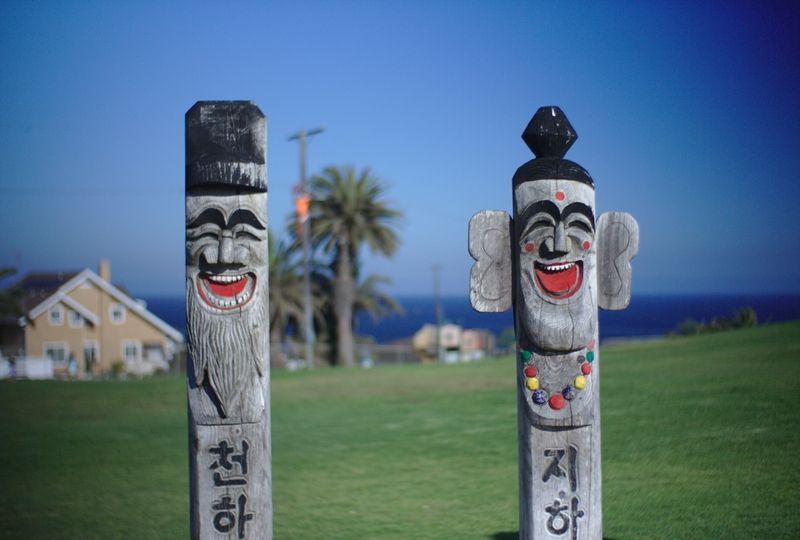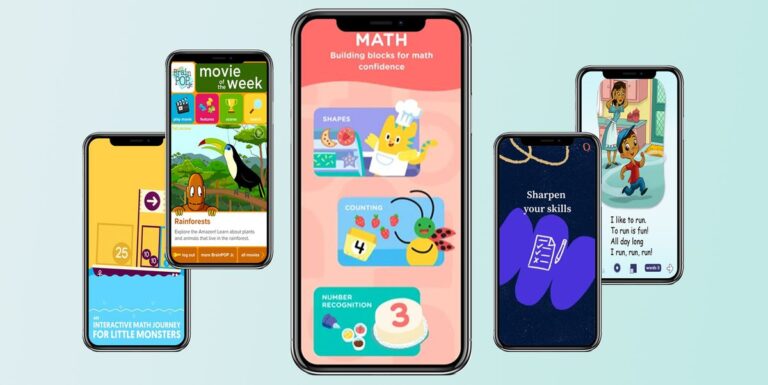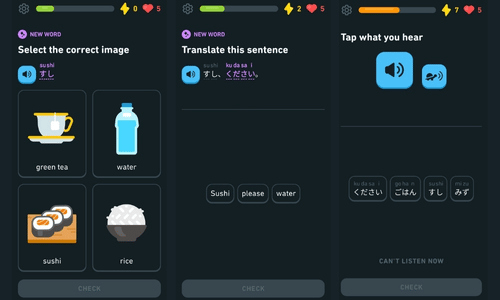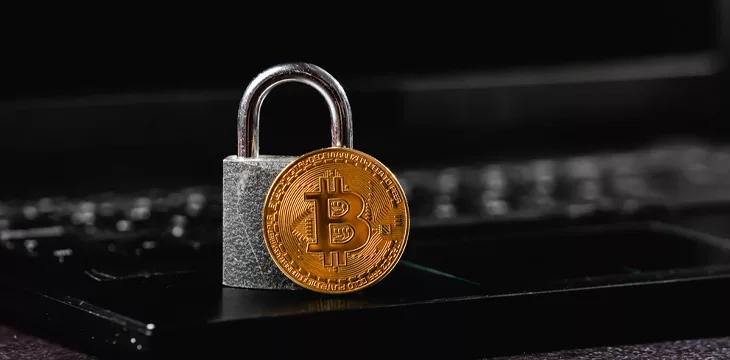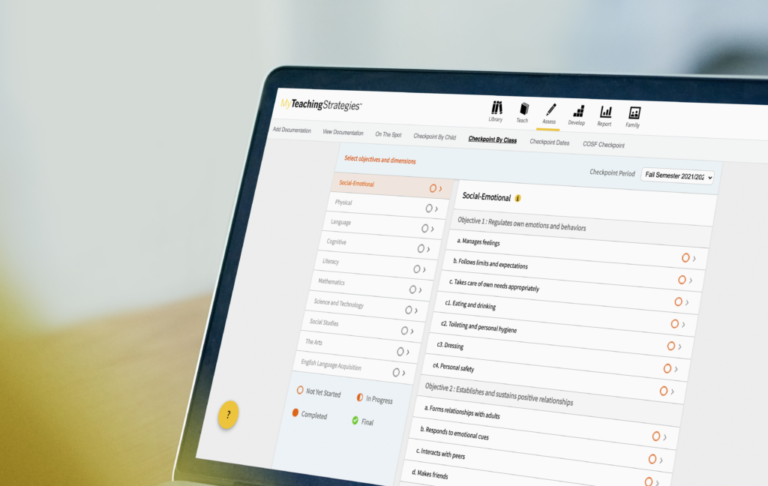Discovering how to say hello in Korean can open doors to meaningful connections and cultural experiences. Whether you’re planning a trip to Korea or simply interested in Korean language and culture, learning the basics of greeting etiquette is essential. In this article, we will explore various ways to say hello in Korean and provide you with valuable insights on how to make a lasting impression. By mastering these greetings, you’ll not only show respect to locals but also create a positive and friendly atmosphere that can lead to deeper connections.
Table of Contents
Understanding the Importance of Greetings

Greeting someone properly is highly valued in Korean society. The Korean language places significant emphasis on showing respect and acknowledging others through appropriate greetings. When you say hello in Korean, you demonstrate your willingness to engage and build rapport with the person you’re addressing. Koreans appreciate the effort foreigners make to learn their language, and using the correct greeting can leave a positive and lasting impression. By taking the time to understand the significance of greetings in Korean culture, you’ll gain insight into the values and traditions that underpin interpersonal relationships in this vibrant country.
Annyeonghaseyo: The Standard Hello
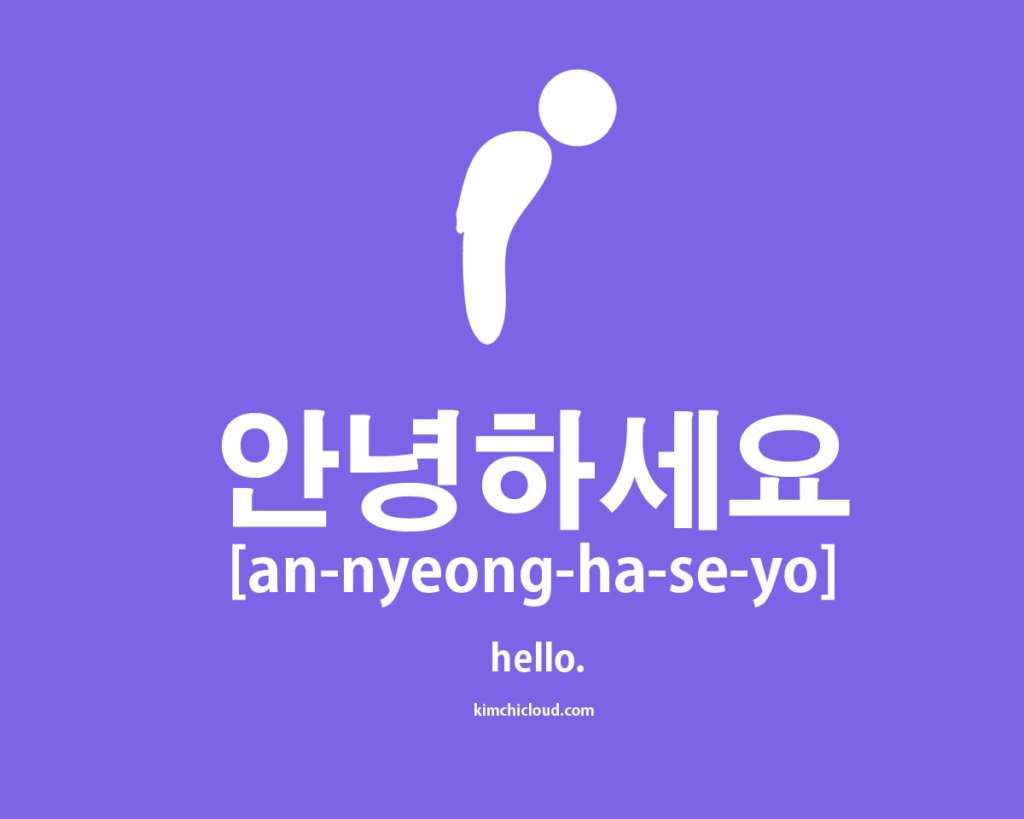
The most common and widely used way to say hello in Korean is “Annyeonghaseyo.” This formal greeting is suitable for all occasions and can be used with people of all ages and social statuses. When meeting someone for the first time or in a formal setting, “Annyeonghaseyo” is the go-to phrase. Pronounced as “ahn-nyeong-ha-se-yo,” it literally translates to “peace be with you.” Remember to maintain a polite tone and make eye contact when using this greeting, as it reflects your sincerity and respect for the person you’re addressing.hello in korean.
Informal Greetings to Friends and Peers
While “Annyeonghaseyo” is the standard greeting, Korean culture also offers more casual ways to say hello. When addressing friends, colleagues, or peers, you can use “Annyeong” or “Annyeonghada” to create a friendly atmosphere. These expressions, which are less formal than “Annyeonghaseyo,” convey a sense of familiarity and closeness. It’s important to note that using informal greetings depends on the level of intimacy you share with the person you’re addressing, so it’s best to gauge the situation and adapt accordingly. By utilizing these informal greetings, you can establish a relaxed and comfortable rapport with your Korean acquaintances.
Regional Greetings and Dialects

Korea’s diverse regions offer unique variations of greetings, reflecting the country’s rich linguistic tapestry. For example, in the Gyeongsang Province, people commonly say “Yeoboseyo” instead of “Annyeonghaseyo.” This regional variation is often used when answering phone calls and can also be heard in other parts of the country. Likewise, in Jeju Island, the local greeting is “Eoseyo” or “Eoseo use.” These regional nuances add charm and depth to the Korean language, highlighting the cultural diversity within the country. If you find yourself in a specific region, it can be a delightful experience to learn and use the local greetings, fostering a sense of belonging and appreciation for the distinctiveness of each area.
Greetings for Different Times of the Day
In Korean culture, greetings can vary depending on the time of day. It’s common to use specific phrases to greet someone in the morning, afternoon, and evening. For instance, in the morning, you can say “Annyeonghaseyo” followed by “Joh-eun Achim” which means “Good morning.” Similarly, during the afternoon, you can use “Annyeonghaseyo” with “Joh-eun ohu” meaning “Good afternoon.” In the evening, “Annyeonghaseyo” can be combined with “Joh-eun bam” for “Good evening.” These time-specific greetings demonstrate your awareness of cultural norms and display your respect for traditional customs. By incorporating these phrases into your daily interactions, you can effortlessly connect with Koreans on a deeper level.hello in korean.
Non-Verbal Greetings and Gestures
In addition to verbal greetings, non-verbal cues, and gestures play a significant role in Korean culture. When greeting someone, a slight bow of the head or a nod can be used to express respect and politeness. This non-verbal communication is especially important when greeting someone older or of higher social status. Maintaining eye contact while greeting and offering a warm smile further enhances the sincerity of your greeting. By combining verbal and non-verbal elements, you can create a harmonious and culturally appropriate greeting that resonates with Koreans and leaves a lasting impression.
Polishing Your Pronunciation
The correct pronunciation is key to delivering a meaningful and effective greeting in Korean. Pay attention to the specific sounds and intonations of each word to ensure your pronunciation is accurate. Practice the greetings with native speakers or language learning resources to refine your speaking skills. The developing clear and confident pronunciation will not only help you convey your message effectively but also show your commitment to understanding and appreciating the Korean language. With consistent practice and dedication, you’ll be able to greet others in Korean with ease, leaving a positive and memorable impression.hello in korean.
Enhancing Cultural Understanding
Learning how to say hello in korean is not just about memorizing words; it’s about embracing the culture and deepening your understanding of the Korean way of life. By immersing yourself in the Korean language and customs, you gain a greater appreciation for the country’s traditions and values. Taking the time to learn the appropriate greetings demonstrates your respect and genuine interest in connecting with locals. It opens doors to engaging conversations, cultural exchanges, and meaningful relationships. Embrace the opportunity to learn and explore the intricacies of Korean greetings, and you’ll find that your efforts are rewarded with warm smiles, gratitude, and lasting memories.hello in korean.
Conclusion
Mastering how to say hello in Korean is a gateway to creating lasting impressions and building meaningful connections. From the standard “Annyeonghaseyo” to regional variations and time-specific greetings, each greeting reflects the nuances of Korean culture. By incorporating both verbal and non-verbal elements, such as gestures and maintaining eye contact, you can demonstrate your respect and sincerity. Polishing your pronunciation and deepening your cultural understanding further enhance your ability to connect with Koreans on a deeper level. So, embrace the beauty of the Korean language, immerse yourself in the culture, and let the power of a simple greeting pave the way for unforgettable experiences hello in Korean.
Learn about: Unlock the Beauty of ‘Ciao!’ in Italy: Your Ultimate Guide to Saying Hello in Italian
